Eastern promises: The best places to live east of London, from Diss and Dedham to Newmarket and Newport
Liz Rowlinson takes a tour of popular East Anglian towns and villages.


Long outliving the pandemic, hybrid working remains a highly popular lifestyle choice. Areas east of London are tempting due to their good access into the capital — especially the City — but also because they can offer greater affordability than comparable pockets in the north, west or south.
Cambridgeshire, north Essex, Suffolk and south Norfolk are all rich in charming villages and market towns within one to two hours of London on the train—here are some of the most sought after.
This is part four of a series of articles looking at the new commuter hotspots. The previous three articles can be found here (West), here (North), and here (South).
Dedham
Heading beyond the commuting hubs of Chelmsford and Colchester on the A12 towards Ipswich, there is a scenic pocket where Essex meets Suffolk in the Dedham Vale that is perhaps better known as Constable Country; it was here that the Romantic artist revolutionised landscape painting in the early 1800s.
A National Landscape, Dedham Vale’s gently undulating hills and pretty villages with waterfront pubs and properties on the River Stour — a paradise for paddleboarders — are protected from development, with electricity cables buried beneath. A handful of charming villages are easily accessed from Manningtree station on the Great Eastern Main Line, a highly commuter-friendly station on the edge of a small town free from parking issues.
Higham, Dedham, East Bergholt and Stoke-by-Nayland (where The Crown gastro pub comes highly recommended) are especially popular with young families moving out of London, says Peter Ogilvie of Savills in Ipswich. ‘It’s easy to get off the train at Manningtree, glimpse the meadows and feel at home.’ En route is Flatford Mill, little changed from Constable’s paintings.
The area’s timber-frame houses brim with character and are a legacy of its prosperous wool-trading past. A lot of families aim to get their children into Dedham Church of England Primary School, according to Mr Ogilvie, although Ipswich offers a good selection of independent schools within easy reach. He adds that buyers should expect to pay £800,000 to £1.5 million for a four/five-bedroom detached house in the area — money goes further here than in Kent. This area is closer to the coast than Hertfordshire or the Essex commuter belt, but, despite all that, there remains a slight element of postcode prejudice against the county of Essex.
Exquisite houses, the beauty of Nature, and how to get the most from your life, straight to your inbox.
What you could get: Essex, £1.45 million
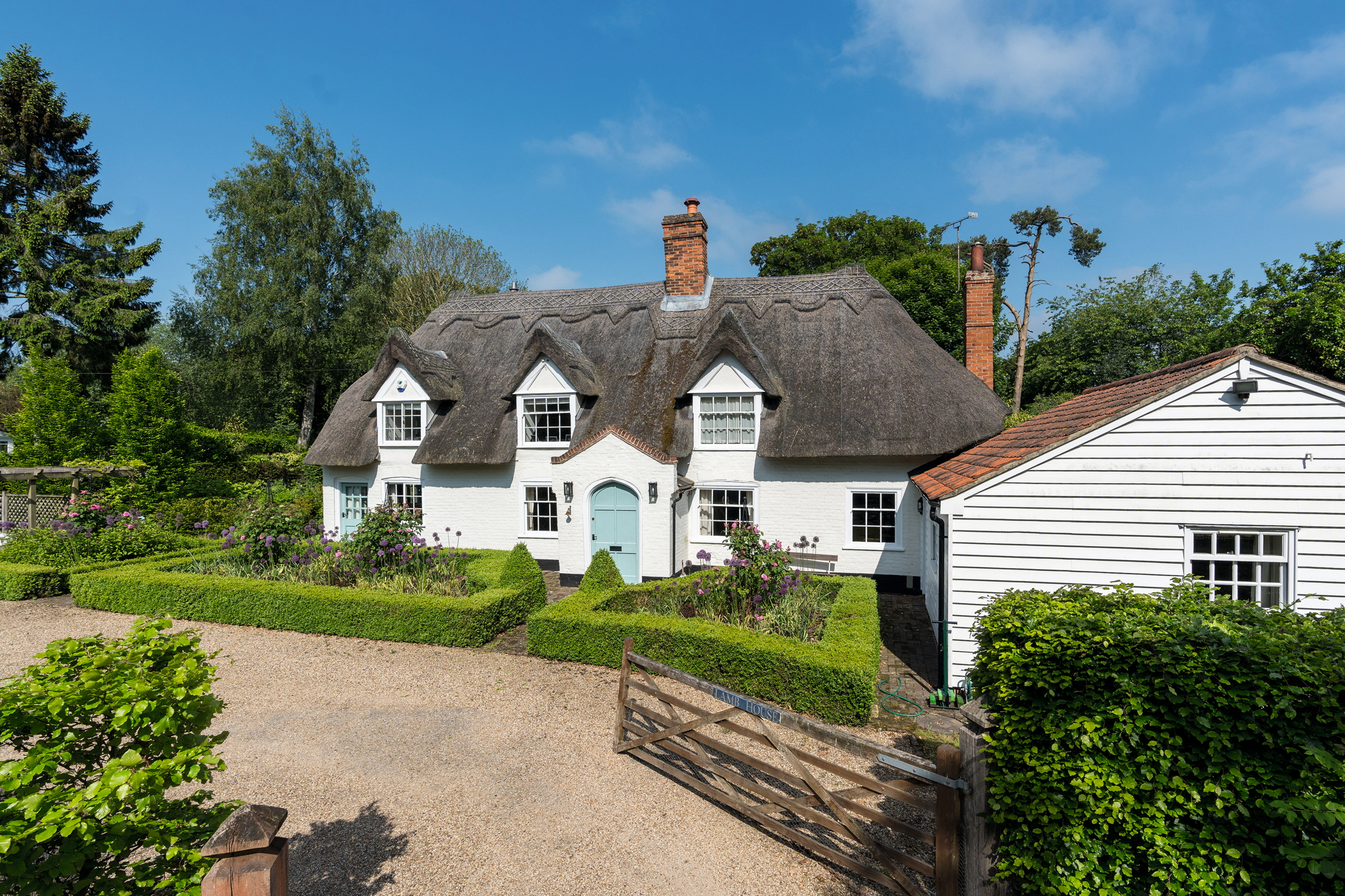
Dedham is at the heart of the beautiful lowlands of Constable Country on the River Stour in north Essex and is only four miles from Manningtree station. It offers an outstanding-rated primary school and a superb art-and-craft centre, together with tea rooms, pub and shops. This former inn offers five bedrooms, three bathrooms and sits on half an acre with separate workshops in its old cartshop.
Diss
For those who don’t mind a slightly longer train journey, stations north of Ipswich close to the Suffolk/Norfolk border also offer possibilities, before Norwich becomes a stretch too far for some at an hour and 51 minutes. The Norfolk market town of Diss has become popular with part-time commuters, says Ian Burnaby-Parsons of Strutt & Parker Norwich. ‘The Diss train line into London Liverpool Street is a selling point for many commuters, as City workers don’t have to factor in the additional time or cost of extra travel when they get into town — they can simply walk into the office.’
He adds that Diss ticks every box you could want: beautiful architecture with Georgian and Edwardian buildings at every turn, a weekly market in the historic main square and lashings of community spirit. However, the most notable feature is undoubtedly the mere — a six-acre lake with a park that sits in the centre of town.
Many moving here set their sights on one of the beautiful period homes, he says. Denmark Street, leading into Denmark Hill, has large, detached houses that sell for upwards of £1 million and are only a short stroll into the town centre. ‘Outside the town, there are so many lovely villages to choose from, but Pulham Market always seems to top buyers’ wish lists, only eight miles from Diss,’ adds Mr Burnaby-Parsons. It’s one of the prettiest villages in the area, with a close-knit community that offers a whole host of clubs including a yoga group and an orchestra. Eye-catching thatched cottages dotted around the village green start at about £350,000.
Ely and Cambridge
Heading west across country, the small Cambridgeshire city of Ely on the King’s Lynn line from Liverpool Street has been garnering interest. Celebrated for its Norman cathedral, the ‘Ship of the Fens’, it is also only 20 minutes by train from Cambridge. A 70-minute journey from London King’s Cross is a palatable commute; alternatively, trains run from Ely via Cambridge into London’s Liverpool Street.
‘Ely’s riverside charm and variety of historical architecture attracts downsizers and families,’ explains Edward Russell of Jackson-Stops in Newmarket. ‘Buyers often come from London or Cambridge, two of the most expensive cities in the UK to buy a home, so purchasing in Ely is comparably good value.’ Budgets of about £500,000–£1 million will cover a good-sized family home with green views on the city fringes; older homes closer to the centre are snapped up within days.
For young families, King’s Ely is a historic independent day and boarding school and, for graduates and professionals looking to stay near Cambridge, Ely provides a strong sense of community. ‘Well connected to the east coast and beyond, it is ideal for weekends away — the best of both worlds,’ adds Mr Russell.
What you could get: Cambridge, £2.95 million
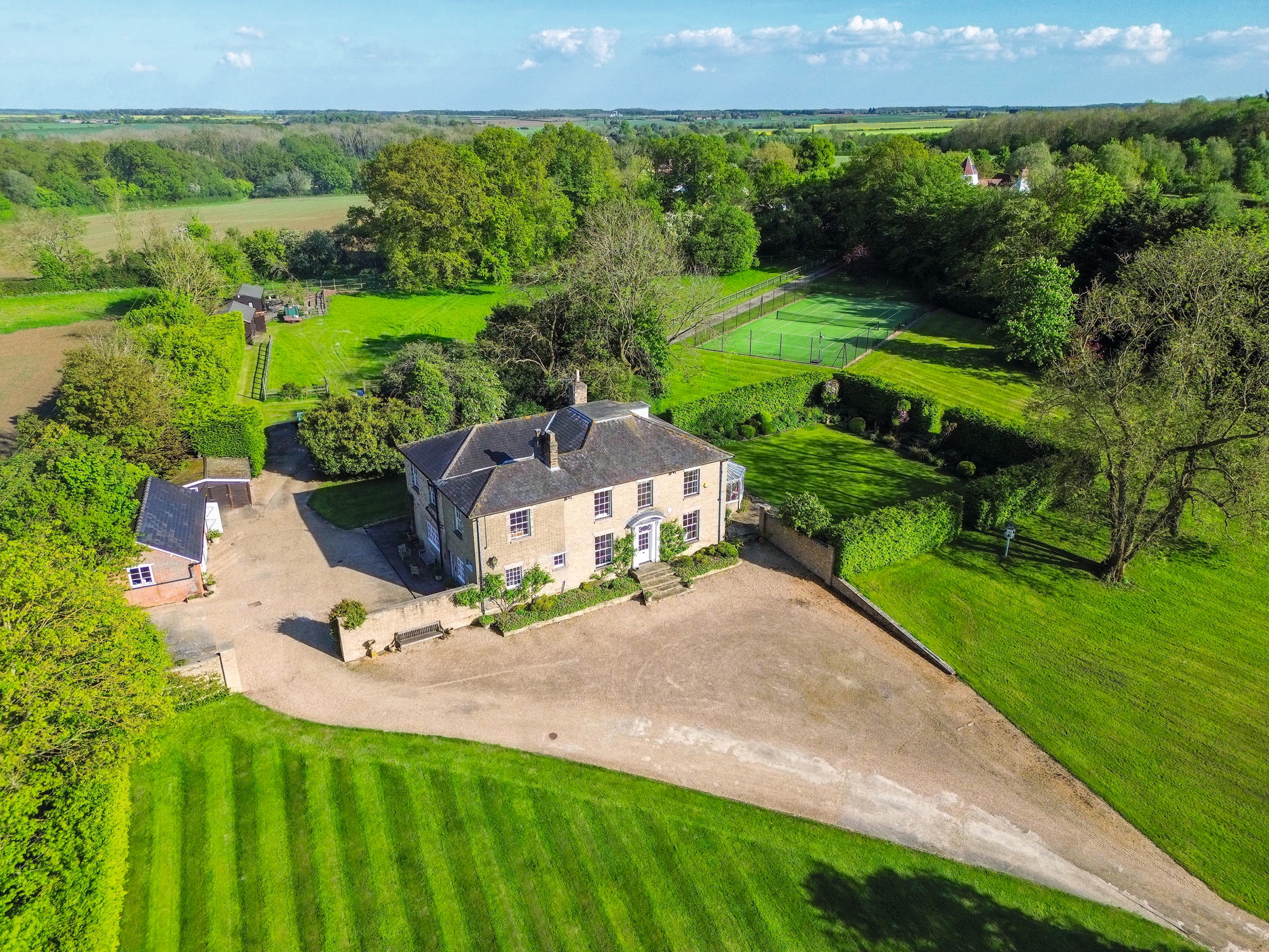
New to the market, this beautiful former rectory sits in the quaint village of Weston Colville, close to the amenities of Balsham and with good access to Whittlesford Parkway for trains to London, Newmarket and Cambridge. It has six acres of parkland, with a separate home office and playroom, plus a paddock and tennis court. There are six bedrooms, three bathrooms and three reception rooms.
Newmarket
Newmarket, in nearby Suffolk, is another beneficiary of the ‘race for space’. It’s a 20-minute train journey from Cambridge — to which there are about 300 trains a day from London — giving a total journey time of about an hour and 40 minutes. Plenty of families moving from the London suburbs have found value in the beautiful countryside here, with good road connections: the A14 to Cambridge and the Midlands and the A11/M11 to London.
The pretty villages in the rolling countryside south and east of Newmarket tend to come at a premium, according to Richard Garrard of Cheffins: ‘Dalham, Dullingham and Moulton are particularly popular. Moulton has a great pub, The Packhorse Inn, a bustling village shop and picturesque 15th-century, medieval bridge, and the famed Three Churches Walk takes you through the villages of Moulton, Dalham and Gazeley.’ These villages are in the catchment of Moulton CEVC Primary School, and King’s Ely and Barnardiston Hall preparatory schools are renowned in the area.
Newmarket is, of course, known for its racecourse, with events such as the Newmarket Nights with racing and live bands especially popular. Those wishing to gallop further afield can ride (or mountain bike) in Thetford Forest, and the Suffolk coast is easily reached within 1–1½ hours. For this sort of lifestyle, about £500,000–£700,000 is needed to buy an attractive character period property in a village, or an elegant townhouse in the centre of Newmarket; £1 million will cover a fairly substantial property and land.
South of Cambridge, Whittlesford Parkway station is on a useful line (West Anglia Main Line), providing good access for those who wish to live in attractive villages such as Balsham or Brinkley, suggests Paddy Pritchard-Gordon of Knight Frank. ‘This area offers lovely countryside not too far out and within easy reach of Cambridge,’ he explains. ‘We have sold homes in this area to a lot of people who had not initially considered looking north-east [of London], but realised the value when compared with Kent, Hampshire or Surrey.’
The golf courses definitely appeal, he adds — especially the Gog Magog — and Balsham (20 minutes by car to Cambridge) is famed for its cream teas. There you can find a four-bedroom barn conversion or pretty thatched cottage for £700,000–£800,000.
What you could get: Newmarket, £600,000
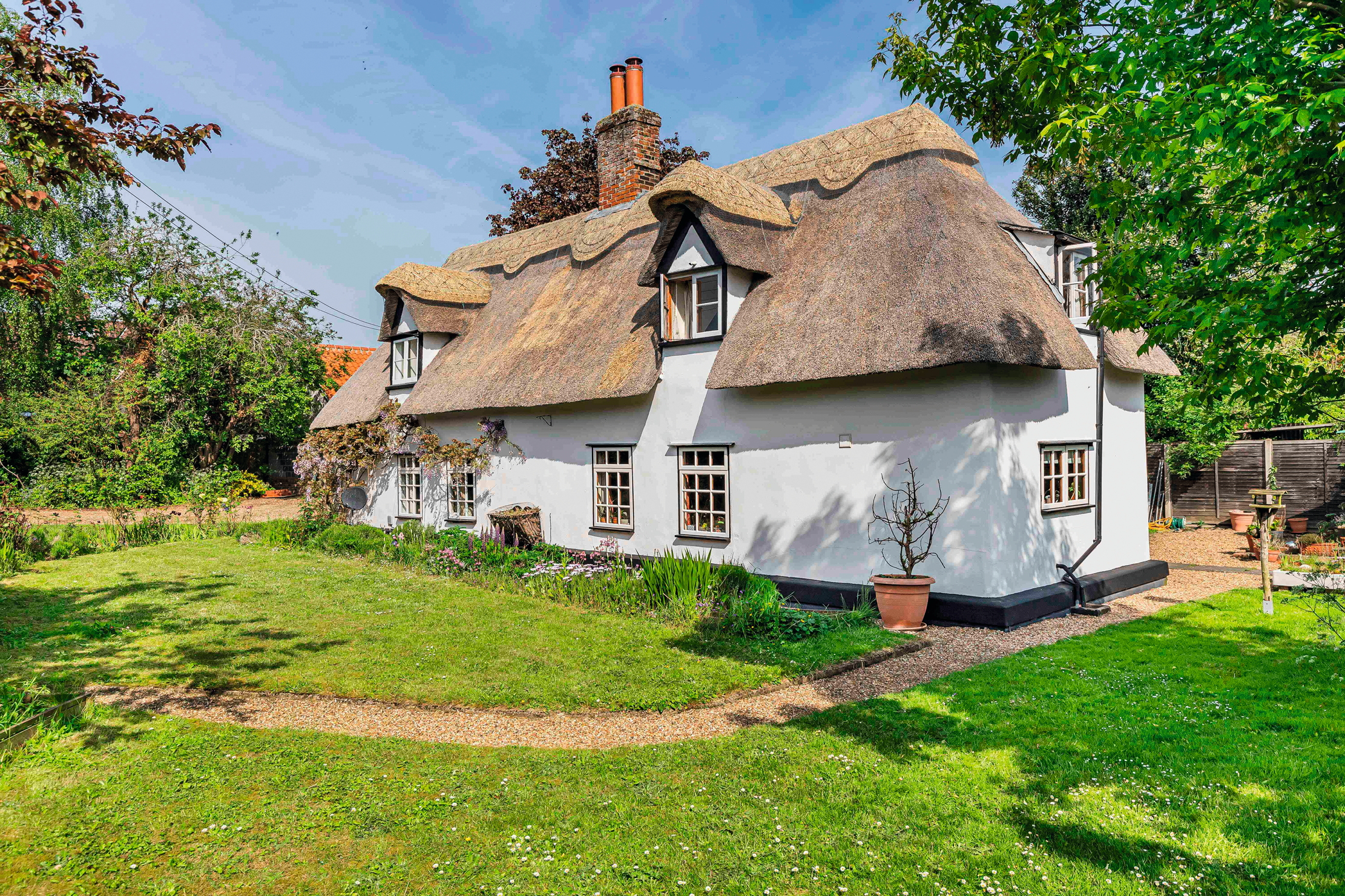
In Gazeley, one of the most sought-after villages close to Newmarket, is this Grade II-listed thatched cottage in Stubbins Lane, close to the centre and approached by a shingled driveway. The village has its own pub and micro-brewery and nearby Moulton offers further key essentials. The 18th-century property has four bedrooms, three reception rooms and a separate studio/office.
Saffron Walden
Closer to London, the station at Audley End makes Wendens Ambo and Saffron Walden good choices, according to Mr Pritchard-Gordon. Saffron Walden is a picture-postcard market town with pubs, independent shops and cafés, such as The Goat and Grass, and Jamie Oliver’s favourite restaurant, Chater’s.
‘For £500,000, you can buy a three-bedroom period house in the centre of Saffron Walden or newer properties on the town’s edges, with more space and land as you go out to the villages,’ says Bruce King of Cheffins, who adds that Saffron Walden County High is ‘exceptionally popular’ for children from local villages.
The villages of Newport and Great Chesterford, which Mr King also cites, feature many attractive period buildings, each offering two good pubs and the former a tennis club, farmers market and Arts groups; walkers and equestrians can enjoy the glorious countryside of the Icknield Way. Here, a four- or five-bedroom house with a garden might cost £1 million. For greater proximity to Cambridge and the M11 and similar property prices, the village of Great Shelford is worth a look; it even has a cycle path link to the centre of Cambridge via the Bio-medical Campus.
Alternatively, only 2½ miles north of the city and three miles from Cambridge North station, Anton Frost of Carter Jonas suggests the ideal village setting can be found at Histon & Impington, where a four-bedroom, semi-detached home might cost £750,000, or a detached house with a larger garden £1.2 million–£1.4 million. ‘The bustling high street includes restaurants, cafés, a library, butcher and the area’s famous duck pond,’ he says. The annual Histon & Impington Feast is a highlight of local life.

Great western: The best places to live west of London, from Cirencester and Salisbury to Corsham and Bath
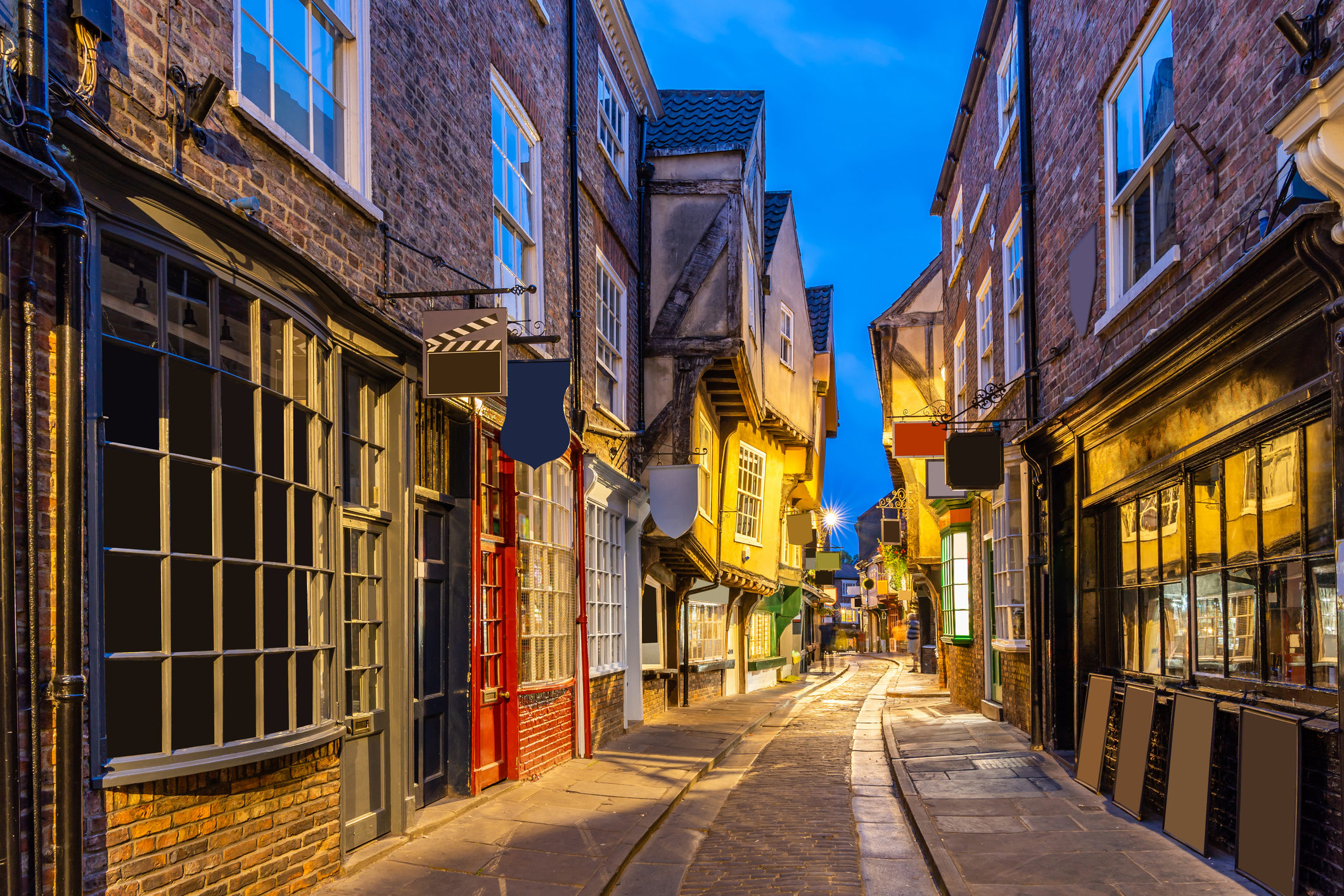
The best places to commute from Warwickshire, Northamptonshire, Lincolnshire and even Yorkshire: 'Up here, you can have it all'
If you’re only in the office a few days a week, what does a little extra journey time matter? Annunciata

20 of the best places in England to live if you've a one-or-two day-a-week commute
The world has changed — and far quicker than anyone thought it could. But the 'new normal' means millions of us
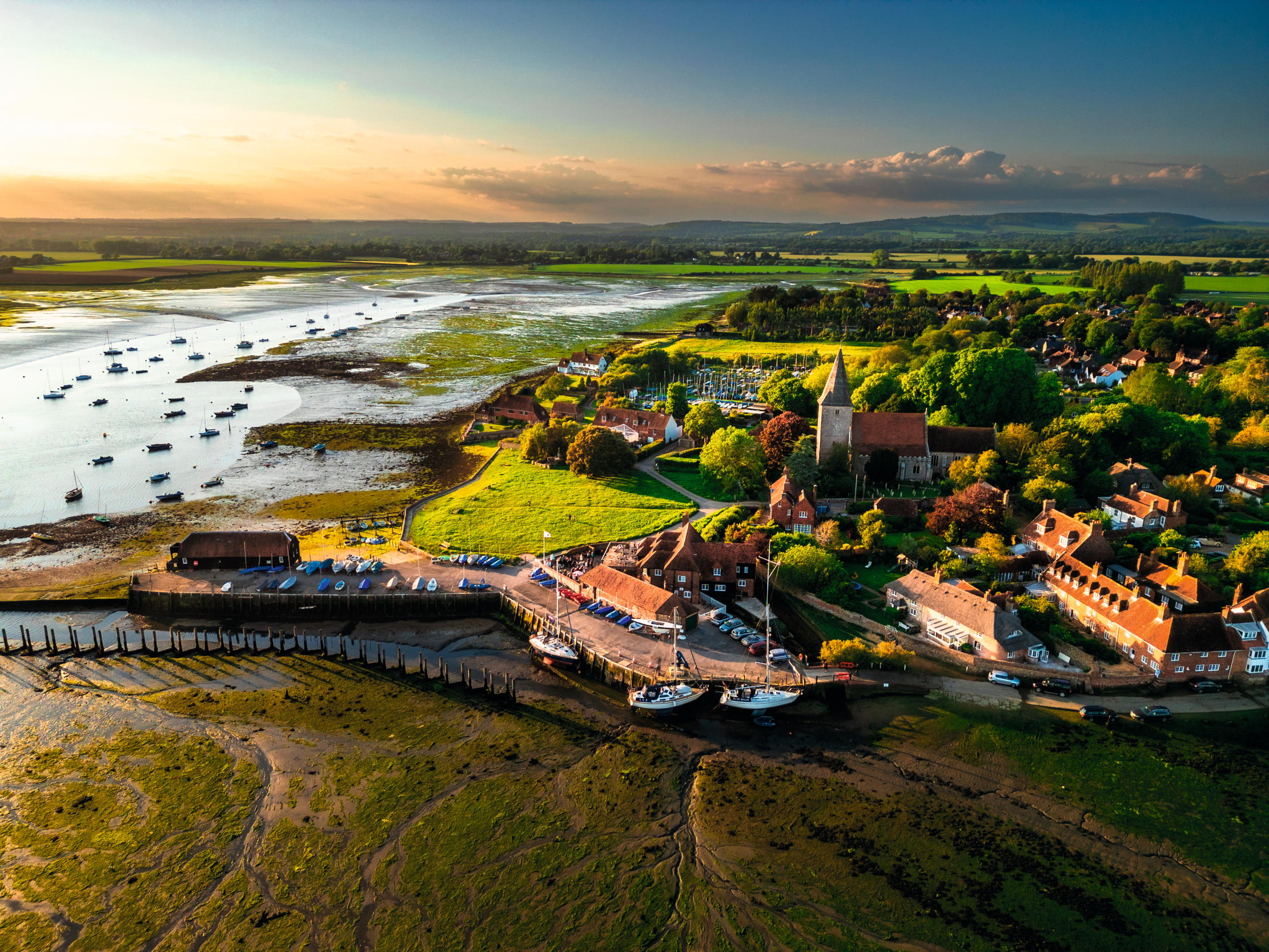
The best places to live south of London, from charming rural villages to picture-perfect spots beside the sea
With more and more of us commuting two or three days a week, taking on a one or two-hour commute

James Fisher is the Digital Commissioning Editor of Country Life. He writes about motoring, travel and things that upset him. He lives in London. He wants to publish good stories, so you should email him.
